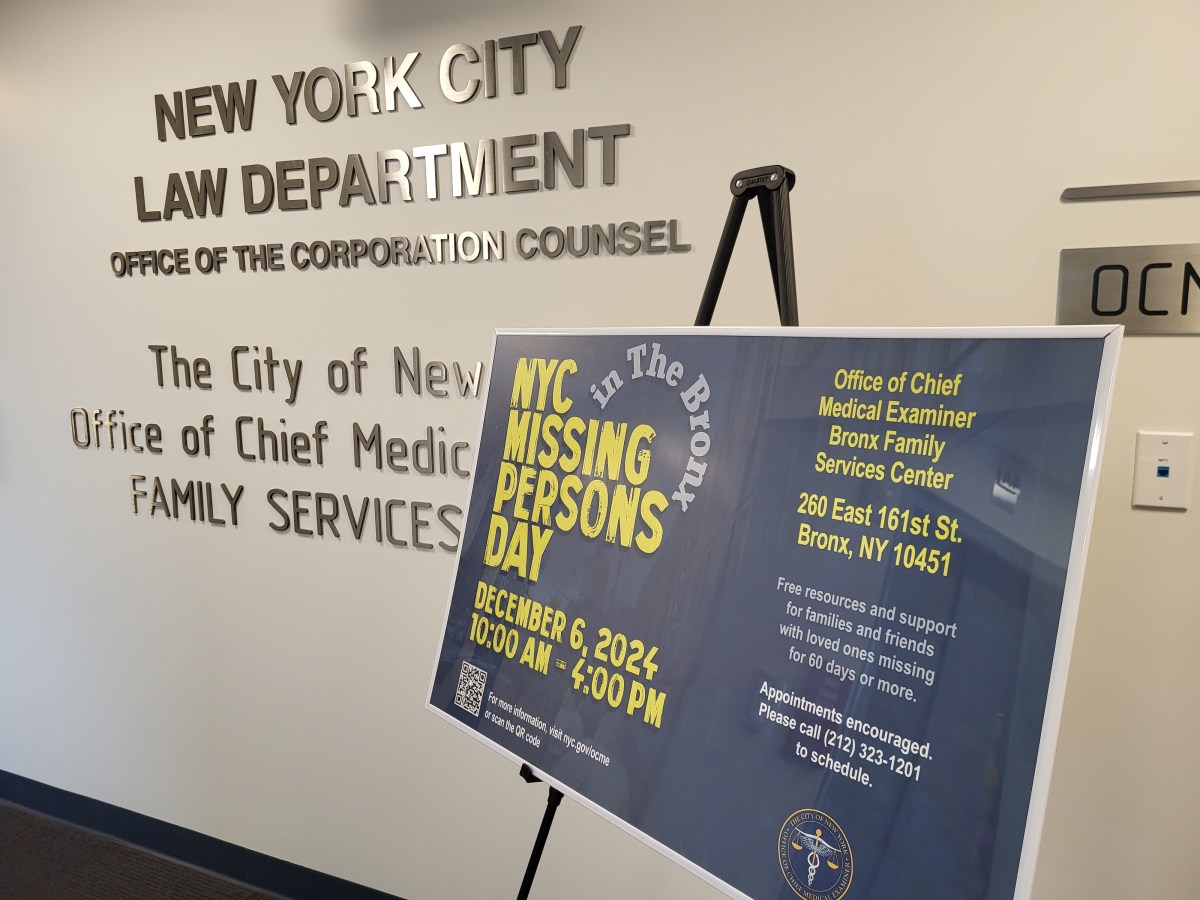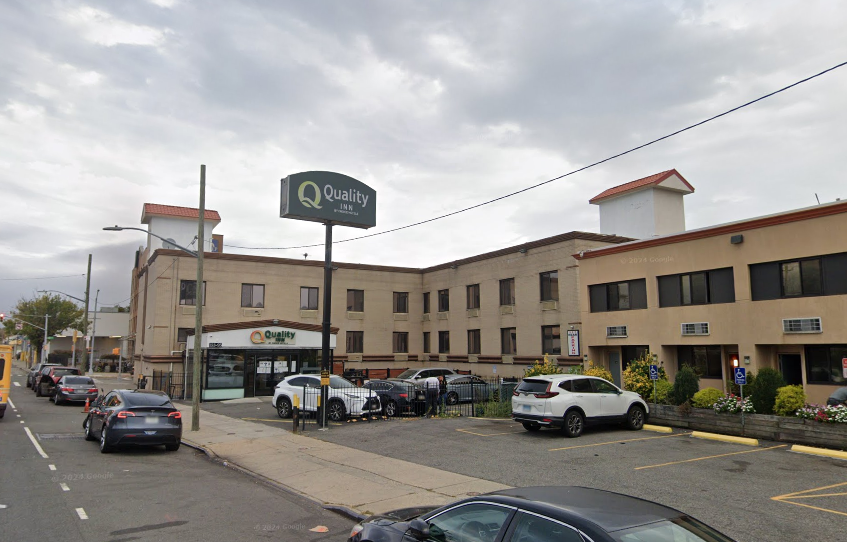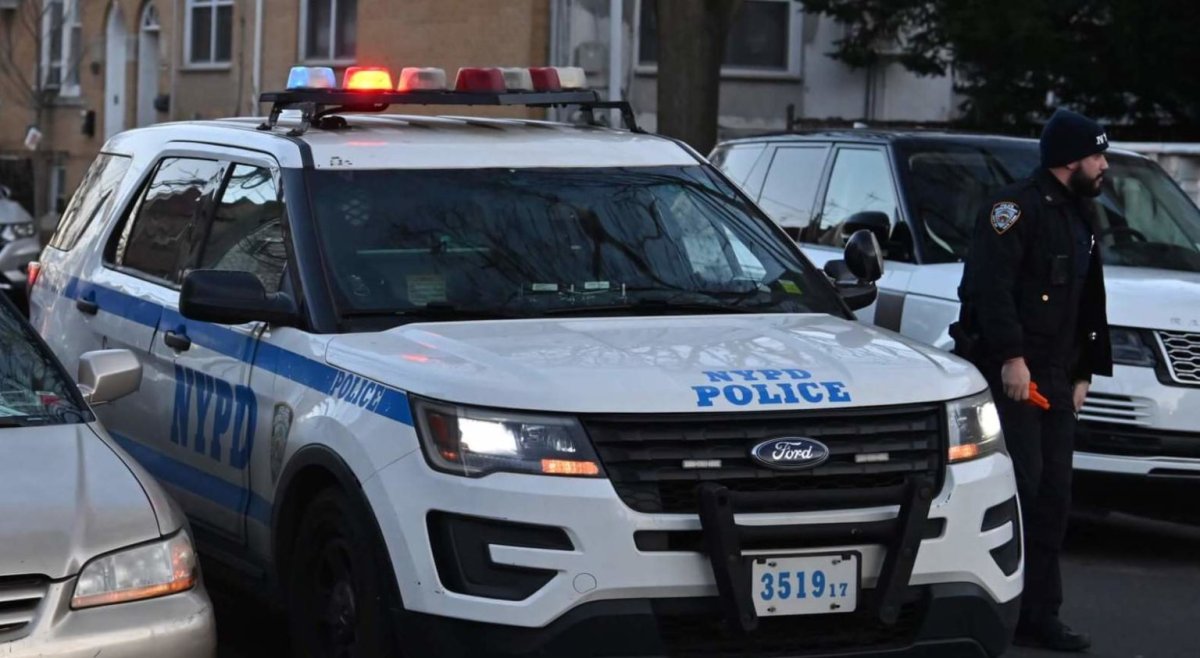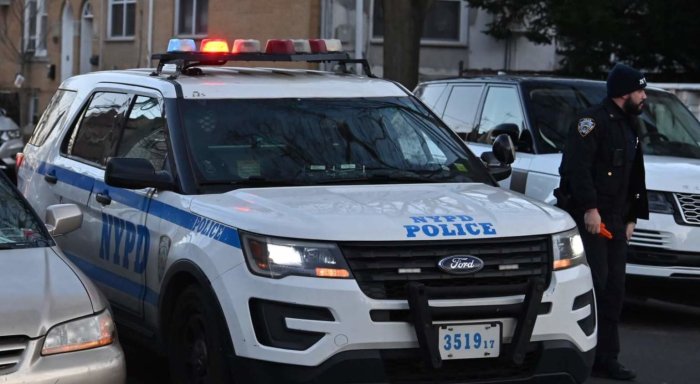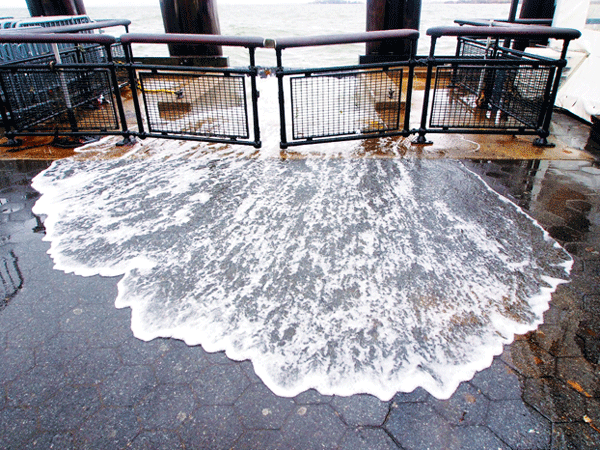
BY TERESE LOEB KREUZER | Superstorm Sandy’s arrival in New York City on Oct. 29 was a dividing line between the city that was, the city that is and the city that will be. Some businesses will never reopen. Some communities will never be the same.
Because of measurable climate change and sea level rise, there seems to be little doubt that Sandy is far from unique — that there will be other storms of equal or greater ferocity and that the city is vulnerable. As cleanup from Sandy continues, the debate continues about how best to protect the region from future storms.
Malcolm Bowman, a professor at the School of Marine & Atmospheric Sciences of the State University of New York at Stony Brook, has been a leading proponent of storm surge barriers for New York harbor. Barriers that can be raised when needed have been erected in London, Rotterdam, Venice and in St. Petersburg, Russia, and have successfully protected those cities.
They have been proposed for three New York harbor locations: at the Verrazano-Narrows Bridge and across the Arthur Kill and Throgs Neck for a total estimated cost of $10 billion to $17 billion — less than the current damage estimate for Sandy in New York City.
Bowman believes that had storm surge barriers been in place, they would have mitigated much of Sandy’s damage.
Roland Lewis, president and C.E.O. of the Metropolitan Waterfront Alliance, a consortium of more than 620 organizations that have ties to New York harbor, recalled that at a conference a few years ago, ‘The president of Arcadis, the design firm that built (storm surge) gates in Rotterdam, said to me that gates across the Verrazano-Narrows would be a possibility but that’s the last thing you do, not the first thing.’
Lewis said that it would be necessary to look at drastic measures such as rearranging the coastline and moving some communities further upland plus other short-term and long-term initiatives.
‘There are all kinds of creative solutions that we have to consider,’ he advised. ‘We’ve lost tens of thousands of acres of wetlands over the years in the New York area. Where possible, we should bring them back. That won’t stop storm surges, but it will mitigate the wave action and absorb some of it before it gets to land. In areas where wetland restoration would be impractical, what you want to do is protect and harden all vital infrastructure and start to think about building changes. Put non-vital structures such as parking lots on the first floor.’
He said that each area of New York City would have its own needs and requirements. ‘You can’t build a bunch of marshes around Lower Manhattan so we would come up with a different solution for that section of the island than we would say for Red Hook or other places,’ he said.
The Dutch, the first Europeans to colonize this region, creating a town in 1624 that they called ‘New Amsterdam,’ have been the focus of much attention as their former colony grapples with what to do next. They have been called in as consultants in Indonesia, Thailand, China, Vietnam and elsewhere to look at water systems and how potential flooding should be managed.
More than half of the Netherlands is vulnerable to flooding. Amsterdam, the capital, Rotterdam and The Hague are all in the flood-prone area. Nine million of the country’s 60 million inhabitants are at risk.
There were major floods in 1916 and again in 1953. The Dutch have responded in a variety of ways. They shortened their coastline so that flood risk management could be concentrated on what remained. And they have instituted land-use planning and disaster management programs that involve all levels of government. Every community, city and province in the Netherlands has to build a water plan, which is reassessed every six years, with the outcomes reported to Parliament.
‘We shouldn’t live in dangerous places unless we’re prepared to adapt to them,’ said Dale Morris, senior economist at the Dutch embassy in Washington, D.C. and a speaker at a conference, ‘New York City (SOS) Sink or Swim,’ convened on Dec. 13 by the Municipal Art Society and the Center for Urban Real Estate at Columbia University.
‘Building codes are crucial,’ said Morris. He said that they had to be specific to each landscape, and that whether buildings were being retrofitted or created from scratch, they had to take changing weather patterns into consideration.
He also said that it was necessary to make critical infrastructure as watertight as possible. ‘The things that happened in Lower Manhattan shocked a lot of people but I think people knew that this would happen if a storm surge (of the magnitude of Sandy) came in here,’ he said. ‘Hospitals. Fuel supplies. Subways. All of these pieces of local infrastructure need to be hardened.’
He said that building a levee, a dyke or a sea wall along the Manhattan seafront might be controversial but could be done with parking and retail built into the structure. ‘They’ve been doing this in the Netherlands,’ he said.
Morris also spoke about storm surge barriers. ‘They’re expensive to build and they’re expensive to maintain,’ he said. ‘If you go this route, understand what you’re getting into.’ But, he added, the costs of barriers are always much less than the benefits.
‘The Dutch use a multi-layer approach,’ he said. ‘It is not one thing stopping the water and one adaptation to the environment or the built environment. It’s a number of different things. It is not either/or. It is ‘and this. And that.”
The problem with the proposed solutions for the New York City region is that most of them would be costly and might take decades to implement, even if they were deemed desirable or necessary.
At the symposium, the city’s deputy mayor for economic development, Robert Steel, said that Mayor Michael Bloomberg had appointed deputy mayor for operations, Cas Holloway, and deputy mayor for human services, Linda Gibbs, to look at what had gone right and what had gone wrong in the aftermath of Sandy and to report back by the end of February.
In addition, Bloomberg has appointed Marc Ricks, one of the leading architects of the City’s sustainability initiative, PlaNYC2030, to analyze rebuilding alternatives and come up with a proposal. He is working with Seth Pinsky, president of the City’s Economic Development Corp.
‘Water is an important part of the success of New York City,’ said Steel. ‘We have 520 miles of shoreline. We’re going to have to accept that and not retreat from it, but instead think of the right way to engage with it. But we have to take a long-term perspective in thinking about how to do that in an efficient, effective and smart way.’






